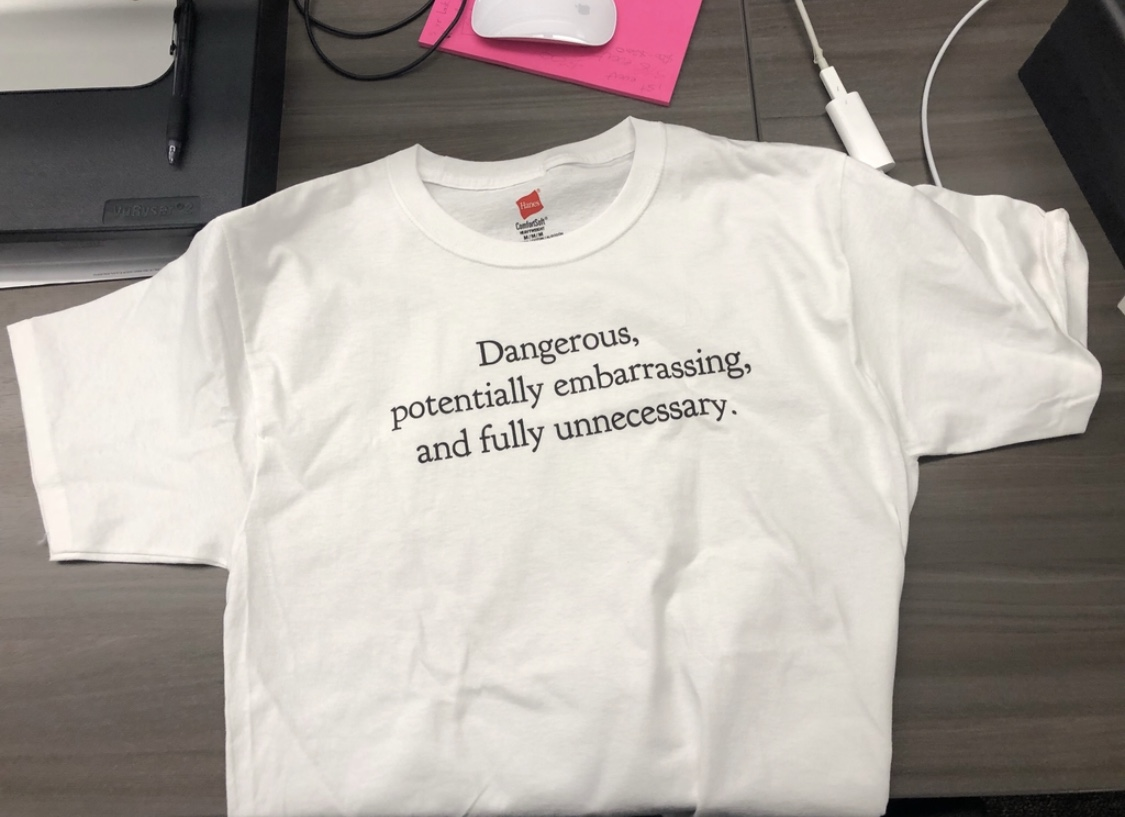The Red Line and The Yellow Line
It feels like there's a new tech scandal every week these days — companies spying on their competitors, startups lying on their metrics during fundraising, etc.
Interestingly, I think the fact that we are now routinely seeing startups (mostly in AI) go from $0 to $100M+ in ARR in less than 18 months gives a lot of "hockey-stick envy" to founders. I'm seeing more FOMO than I ever have, significantly more intense competition, and, it follows, companies going harder than ever.
But I also explain some of it by what I call "the red line and the yellow line."
The yellow line is the thousand things everyone has told founders they couldn't do their entire lives. They did it anyway, and not only did they not get in trouble, but also the wager worked out spectacularly.
You could be forgiven, as a founder, for ignoring the timorous voices constantly ringing in your ear.
And very often, what you learn is not just to "ignore" the voices — the lawyers, the naysayers, all the oh-so-reasonable people with oh-so-reasonable reasons why you can't do the thing — you end up deriving pleasure from showing them.
(You could argue that this isn't just forgivable, but a trait common to most of the best founders. Comfort with risk is a job requirement.)

The red line is, obviously, the stuff that lands you in jail.
It is dangerous — and unfortunately easy — to develop color-blindness.
The fix is simple: when a lawyer warns against something, explicitly ask if it's a yellow or a red line. It is yellow 95%+ of the time — you can then decide whether to listen or to, um, print T-shirts.
But 5% of the time, the lawyer goes: "No, no, this one is red. You don't get to fuck around. This is jail stuff." Then, say thank you very much, and steer clear of the red line.
Thanks to François Meteyer, whom I first heard talk about this concept.
Flo Crivello Newsletter
Join the newsletter to receive the latest updates in your inbox.
